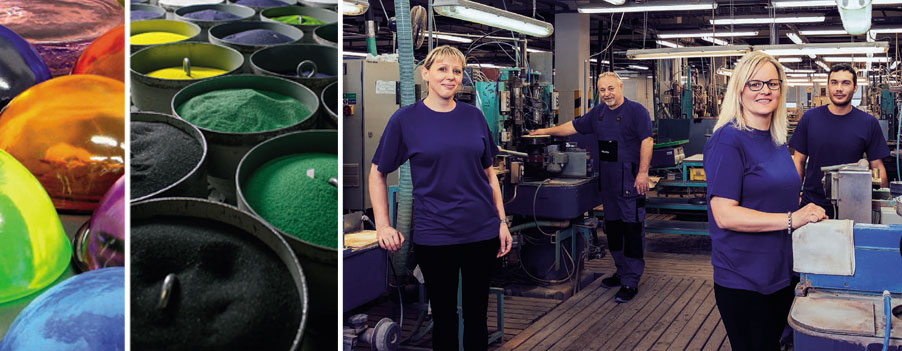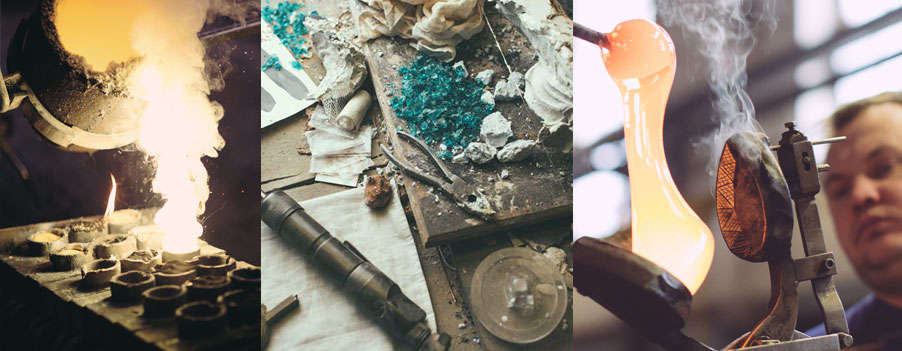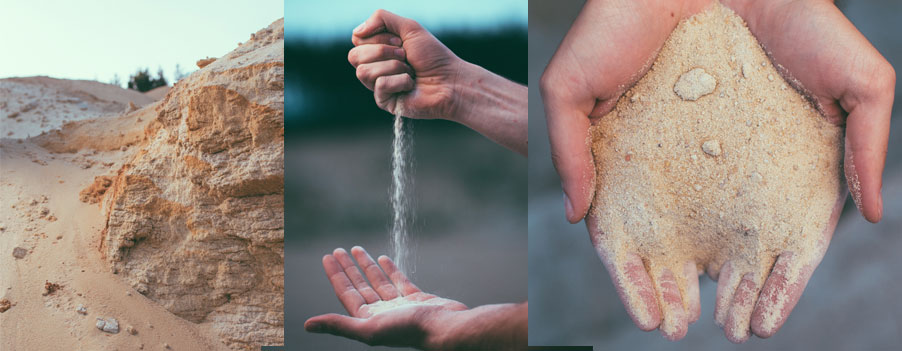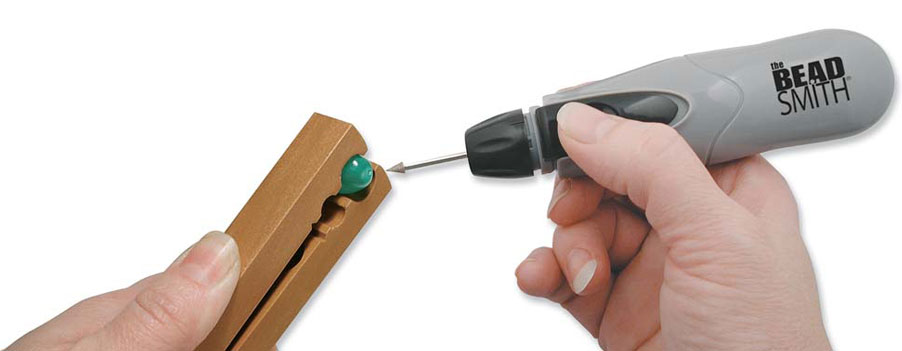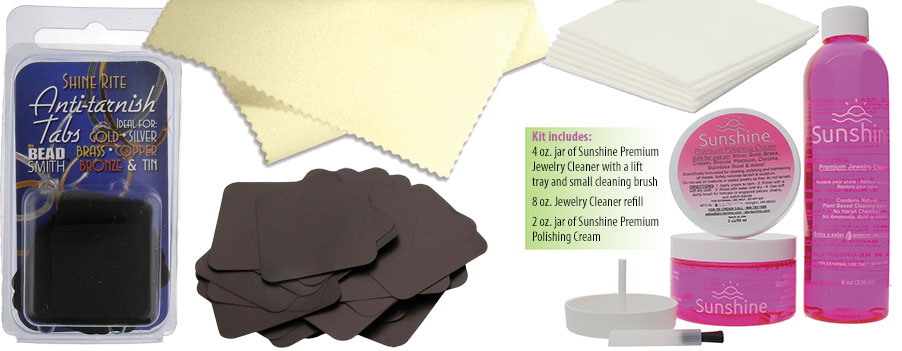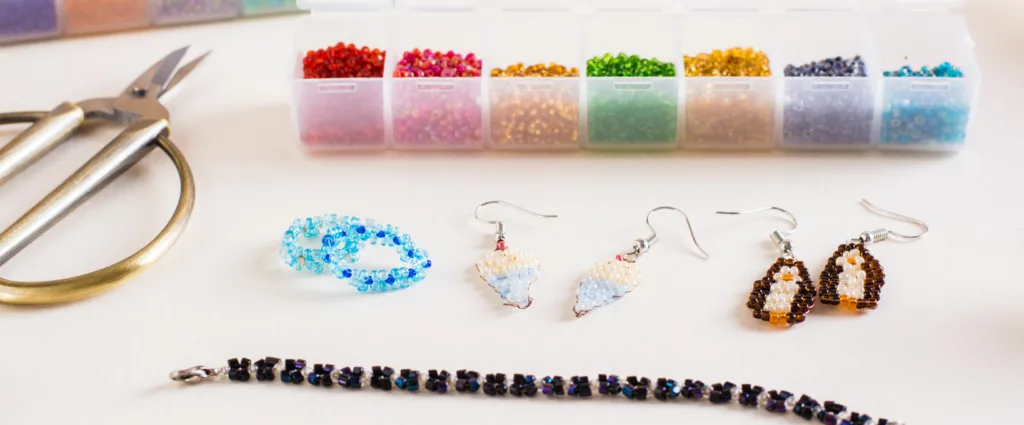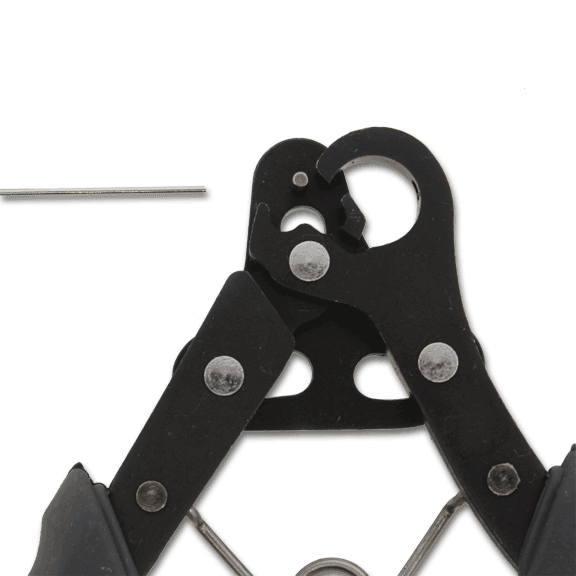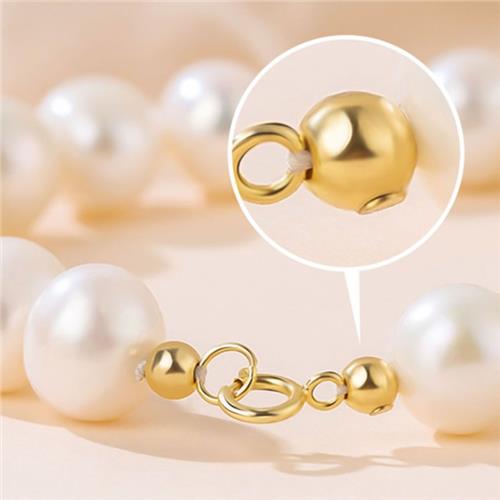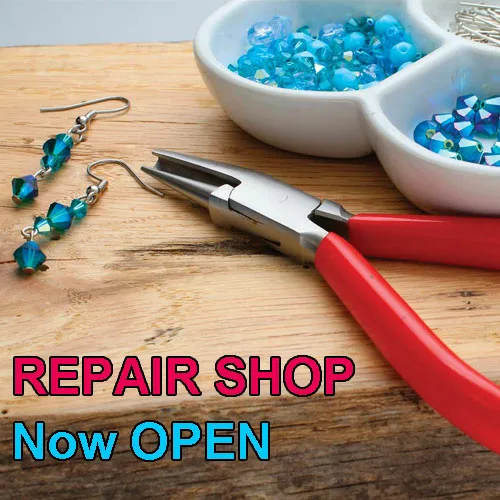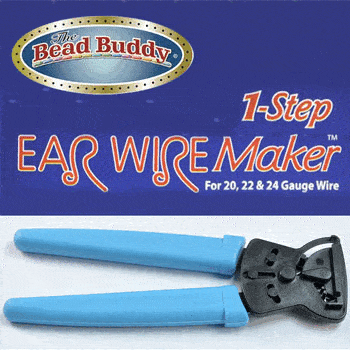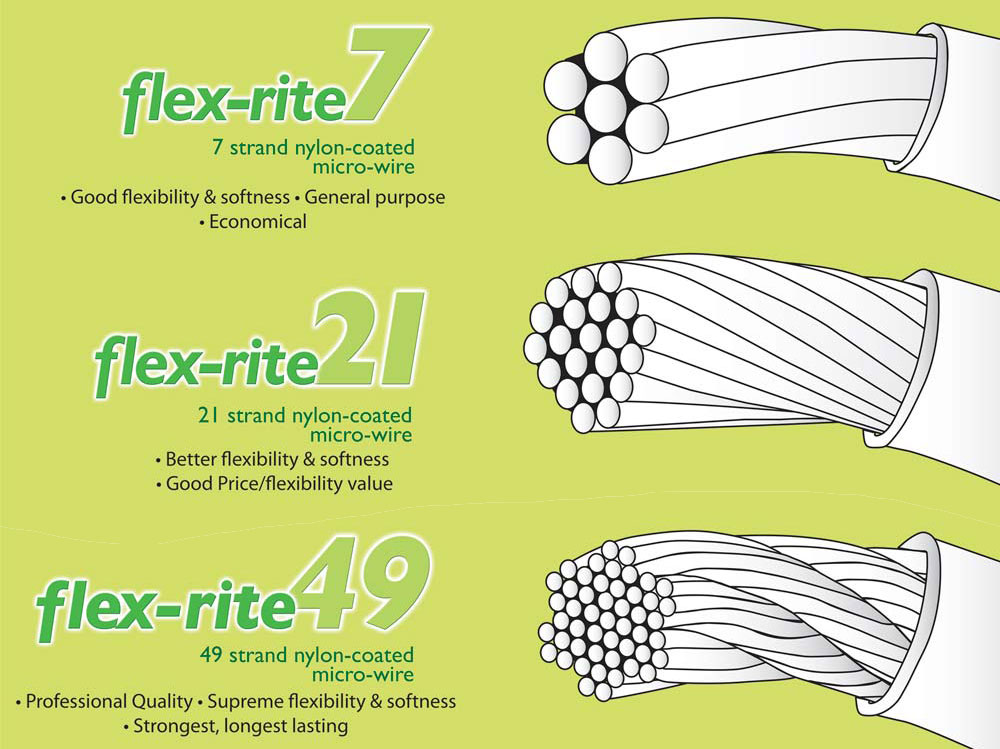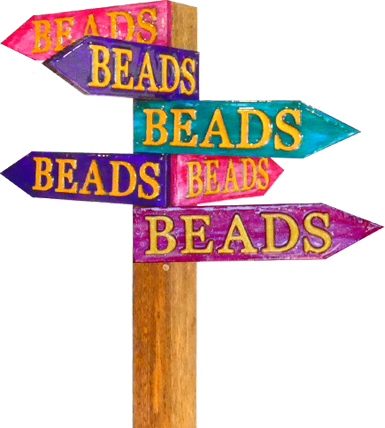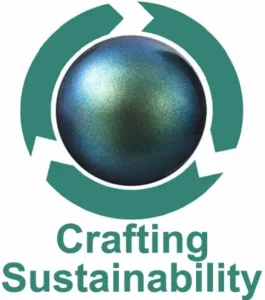Czech glass beads are an incredibly popular choice for anyone who makes their own jewellery, decorative pieces and other beaded creations. Whether you’re producing your masterpieces just for family and friends or you create beaded jewellery as part of a small business, Czech glass beads remain a mainstay because of their high-quality production methods and beautiful lustre.
In order to make sure you’re investing in the best quality beads, it’s important to know the difference between Czech glass and other pale imitations. So, how can you tell if your Czech beads are original? Read on as we get to the bottom of the issue.
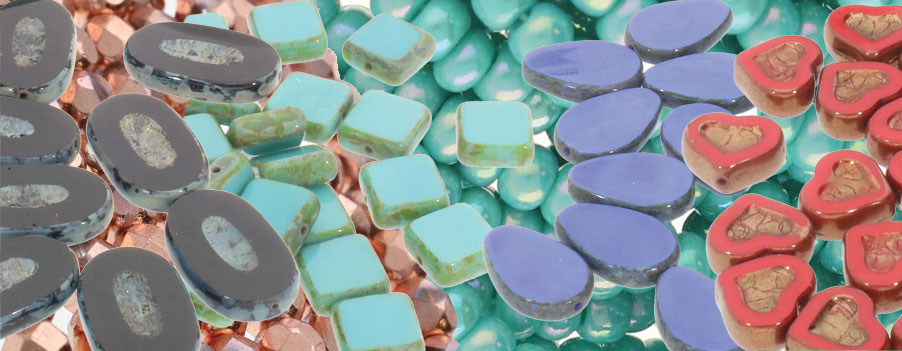
How to identify Czech glass beads
The easiest way to identify Czech fire-polished glass beads is to check for the tell-tale signs of their manufacture. Czech fire-polished beads are first cut by a machine into a faceted shape. Then, they’re heated to soften those facet cuts and create an illuminating surface. Fire-polished beads will have a faceted profile that has softly rounded cuts and be very shiny on the outside. However, they won’t have the crystal clear clarity of crystal glass beads, which are rendered more clear thanks to the inclusion of lead.
The most popular types of Czech glass beads
There are hundreds of thousands of different types of Czech glass beads — yes, you read that right! As a cottage industry, many small and large manufacturers create individual designs and shapes specific to their artisanal tradition or area of the Czech Republic. If you are looking for genuine Czech glass beads, there are a few styles that are classically created within the Czech Republic:
- Brick — The name gives this style of bead away. A slim rectangular bead with two holes down its length — brick beads add a lovely fullness to any beading project without adding weight.
- Arcos par Puca — A crescent-shaped bead with three holes ideal for multi-threading projects.
- Druks — Druk beads are small, smooth, round beads made using the pressed glass method. They can be used to great effect to create large-scale pieces like clutches or adorning clothing for extra texture.
- Briolette — Briolette beads use many intricate facets to create a high-shine finish that mimics the look of semi-precious gemstones and is often cut into a teardrop shape.
- Candy — These round and shiny Czech glass beads are excellent for a variety of applications and come in a stunning array of colours and finishes for almost any project.
- Cali — These ovoid-shaped beads feature three holes and are great as spacers or in more complicated beading patterns that form a larger picture.
How to tell if a Czech bead is original
Unfortunately, the cottage industry model of Czech glass bead making is both what makes it so diverse and so challenging to track the provenance of a bead. The only way to ensure that you have genuine Czech glass beads is to either consult a Czech glass antique specialist or purchase your Czech glass beads from a reputable retailer like Beads N Crystals.
Where to buy genuine Czech glass beads
Fortunately, at Beads N Crystals, you don’t have to figure out how to tell if a Czech bead is original — we’ll do that for you! Our collection of Czech glass beads is sourced from authentic suppliers and is guaranteed to have all the lustre, unique handmade touch and superior quality of the genuine article.
If you’re unsure which Czech glass beads will be best for your beading project, you need help matching supplies for a project or just some inspiration, talk to us! Our friendly team will be happy to help you with anything you need.


